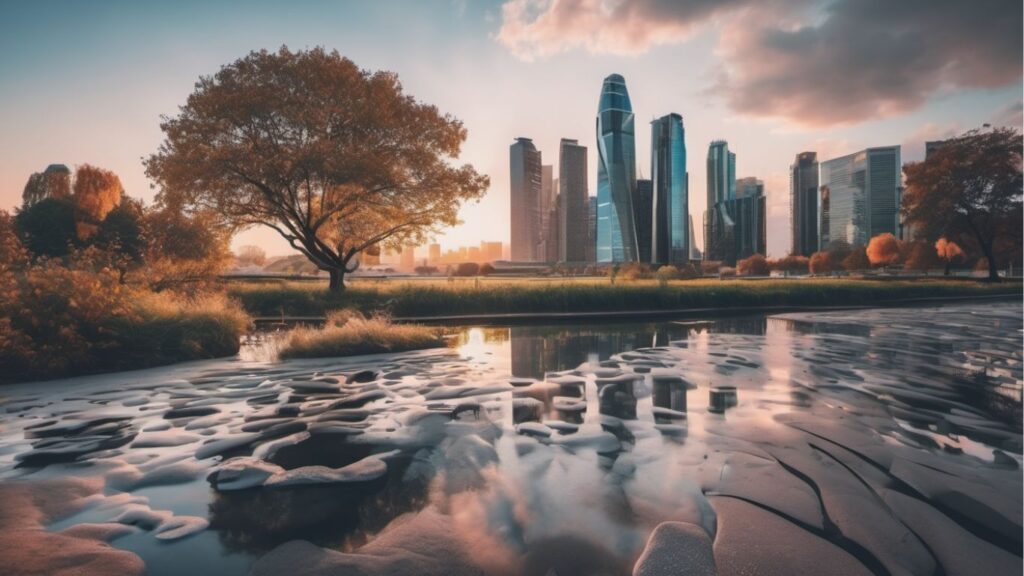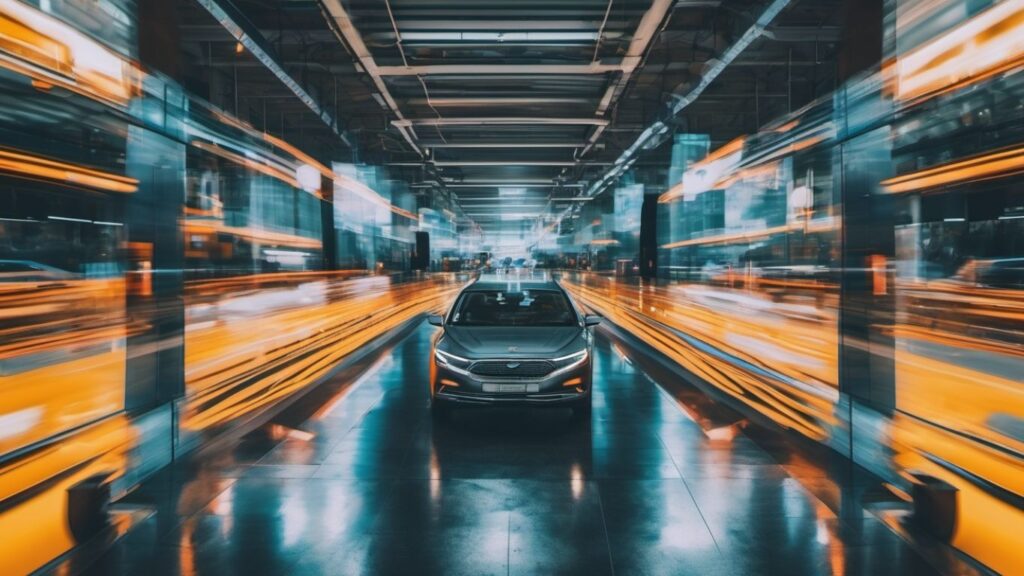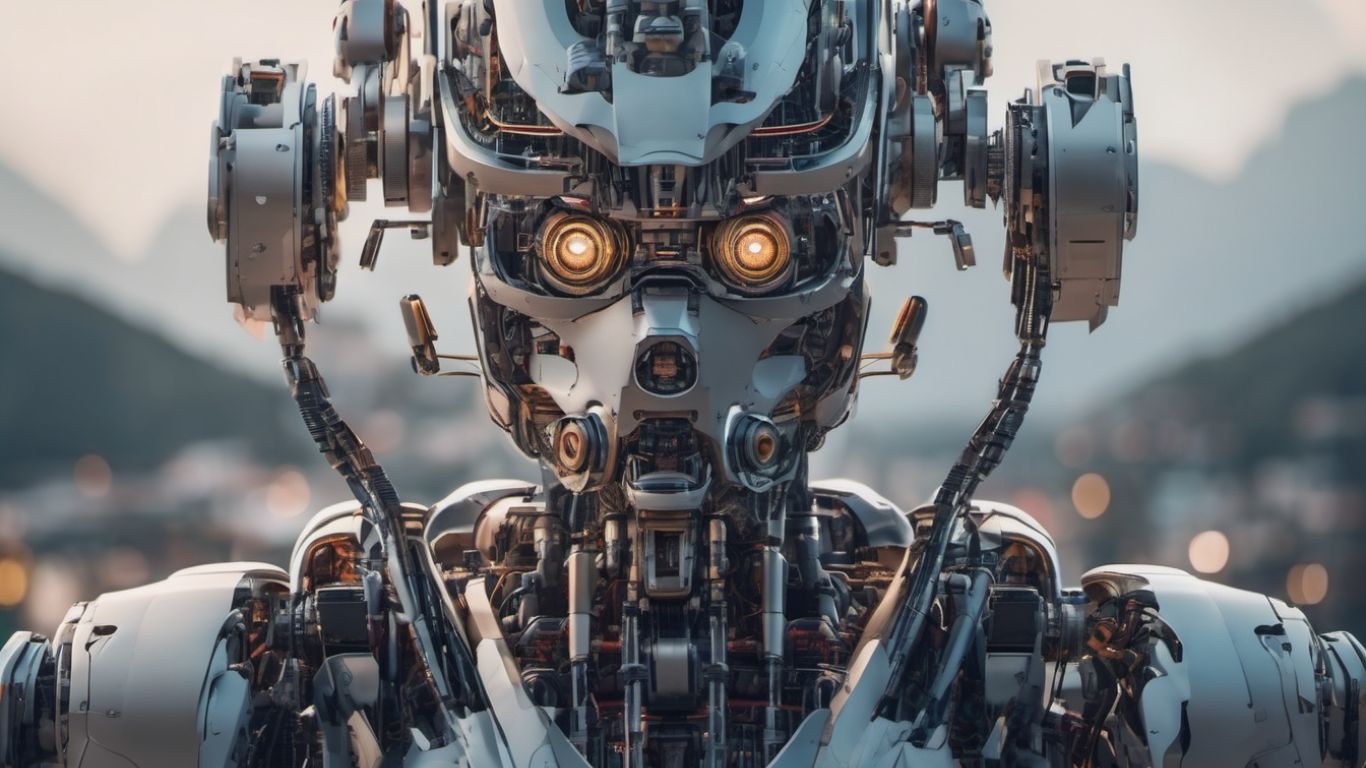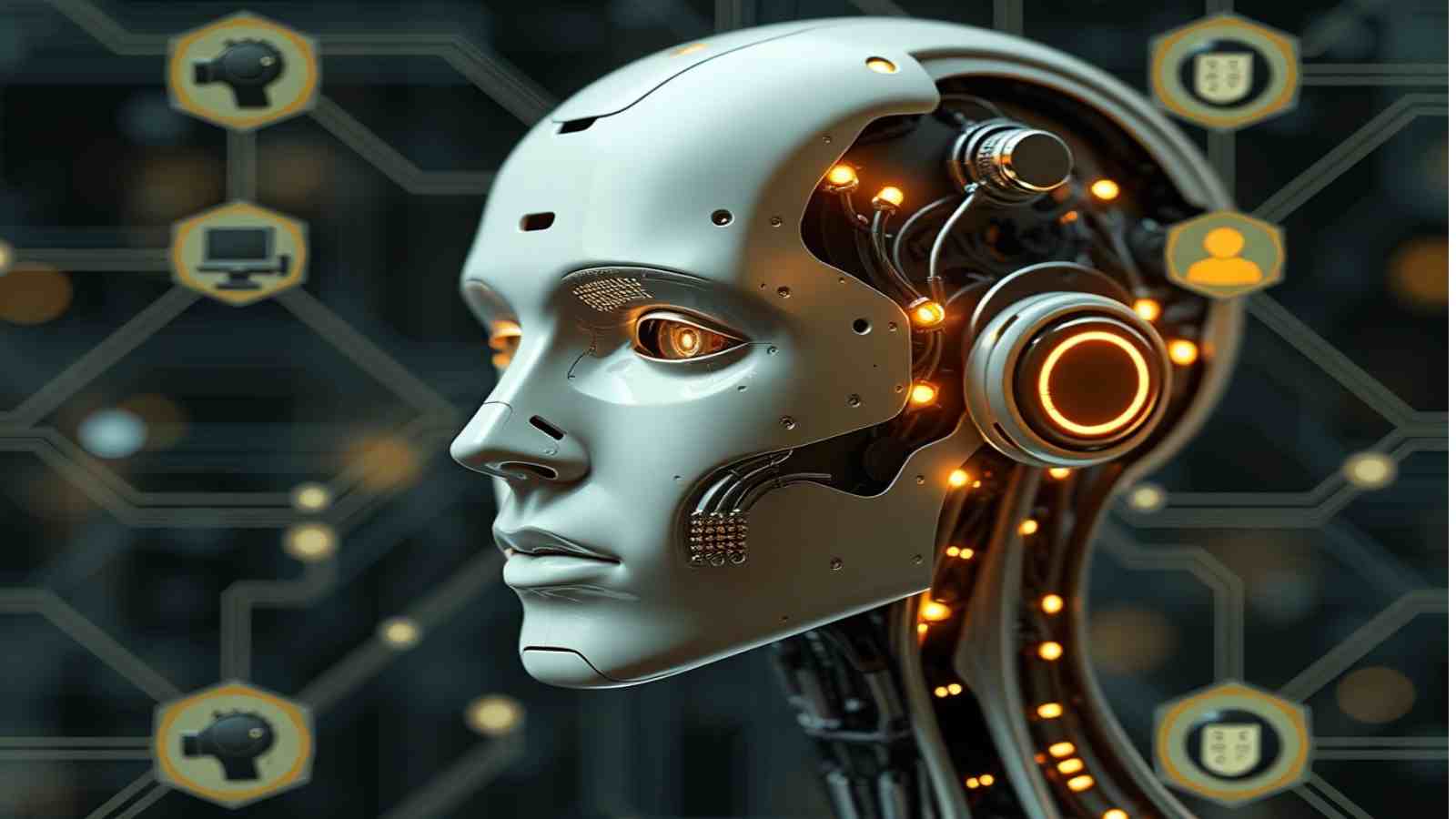AI photography uses artificial intelligence (AI) to create, enhance, or analyze digital photographs. This technology can be applied at various stages of photography, including image capture, editing, and organization. AI in photography often involves using machine learning algorithms to automate and improve the quality of visual content, making it more accessible and user-friendly.
How AI is Used in Photography
Artificial intelligence has permeated various aspects of photography, from the moment a picture is taken to its final edit. Here are some typical applications:

- Automated Photo Editing: AI can enhance image quality by correcting imperfections such as lighting, focus, and colour balance. Tools like Adobe Photoshop and Lightroom now incorporate AI features that make these adjustments seamlessly.
- Facial Recognition and Object Detection: AI algorithms can identify and tag faces and objects within photos, making organizing and categorizing large photo libraries more accessible.
- Brilliant Image Selection and Recommendation: AI systems can analyze a photographer’s past preferences to recommend the best shots or suggest edits.
- Real-Time Scene Recognition: Integrated into many modern cameras and smartphones, AI can recognize scenes in real time and optimize the camera settings to capture the best possible shot.
- Predictive Analytics: These tools offer suggestions for editing and composition, helping photographers improve their craft.
- Image Restoration: AI can bring old or damaged photographs back to life by restoring lost details and colours.
- Continuous Learning Algorithms: AI systems learn and evolve, improving their performance as they are exposed to more data.
Benefits of AI Photography
AI brings a myriad of benefits to the field of photography, enhancing both the user experience and the quality of the final product:

- Improved Photo Quality: AI algorithms can correct common issues like lighting, focus, and colour balance automatically, resulting in higher-quality images.
- Enhanced Photo Organization: With capabilities like automatic tagging and sorting based on content, managing extensive photo collections becomes significantly easier.
- Time-Saving: Automating tedious tasks such as manual editing or categorization saves time, allowing photographers to focus more on creativity.
- New Creative Possibilities: AI-generated effects and styles open new avenues for creative expression.
- Learning and Skill Improvement: AI provides photographers suggestions and insights, aiding learning and skill development.
- Preservation of Visual History: AI’s ability to restore old or damaged photographs supports preserving visual history, making it possible to revive priceless memories.
Challenges and Limitations
Despite its advantages, AI photography is not without its challenges:
- Algorithmic Bias: AI systems can sometimes exhibit biases, affecting the accuracy and fairness of features like facial recognition.
- Over-reliance on Automation: Overdependence on AI may stifle creativity, as photographers might rely too heavily on automated settings and edits.
- Privacy Concerns: Using AI for facial recognition and other identification tasks raises significant privacy issues.
Future Implications of AI in Photography
The future of AI in photography promises even more advanced capabilities. Continuous advancements in machine learning and computational photography will lead to more brilliant cameras and editing tools that can perform increasingly complex tasks. We might also see more personalized AI systems that adapt to individual photographers’ styles and preferences, offering even more tailored suggestions and improvements.
FAQs
Q1: What is AI photography?
AI photography uses artificial intelligence to enhance, create, or analyze digital photos. This can include automated editing, real-time scene recognition, and facial recognition to improve and simplify the photography process.

Q2: How does AI improve photo quality?
AI algorithms can automatically correct lighting, focus, and colour balance issues, resulting in higher-quality images without requiring manual adjustments.
Q3: Can AI help organize my photo library?
Yes, AI can help organize extensive photo collections by identifying and tagging faces and objects, making it easier to sort and find specific photos.
Q4: What are some examples of AI tools in photography?
Tools like Adobe Photoshop and Lightroom now incorporate AI features for automated photo editing, while many modern cameras and smartphones use AI for real-time scene recognition and optimization.
Q5: Are there privacy concerns with AI photography?
Yes, using AI for tasks like facial recognition raises significant privacy issues, as it involves identifying individuals within photos.
Q6: Can AI restore old or damaged photographs?
Indeed, AI can restore old or damaged photos by enhancing lost details and colours, helping preserve visual history.
Q7: What are the challenges of AI photography?
Challenges include algorithmic bias, over-reliance on automation that may stifle creativity, and privacy concerns regarding AI’s data usage.
Q8: How does AI aid in skill improvement for photographers?
AI offers suggestions for editing and composition, providing insights that can help photographers improve their skills and learn new techniques.
Q9: What future advancements can we expect in AI photography?
Future advancements may include:
- Even brighter cameras.
- Editing tools capable of more complex tasks.personalized
- Personalized AI systems that adapt to individual photographers’ styles.
Conclusion: Embracing the Evolution of Photography
AI photography is revolutionizing how we capture, edit, and enjoy our memories. By leveraging AI’s capabilities, photographers can produce higher-quality images, save time, and explore new creative possibilities. While challenges and limitations exist, the future of AI in photography looks bright, promising ongoing advancements that will further enhance and democratize the art of photography.
As we embrace this evolution, it’s essential to balance AI’s benefits with mindful consideration of its limitations, ensuring that the human touch remains an integral part of the photographic process.











